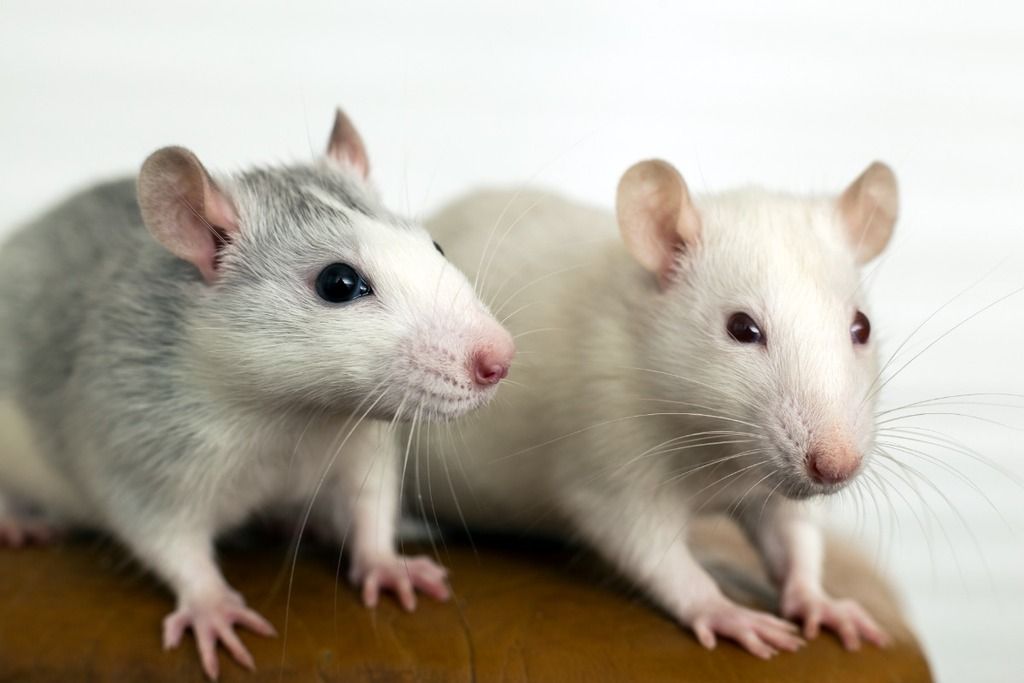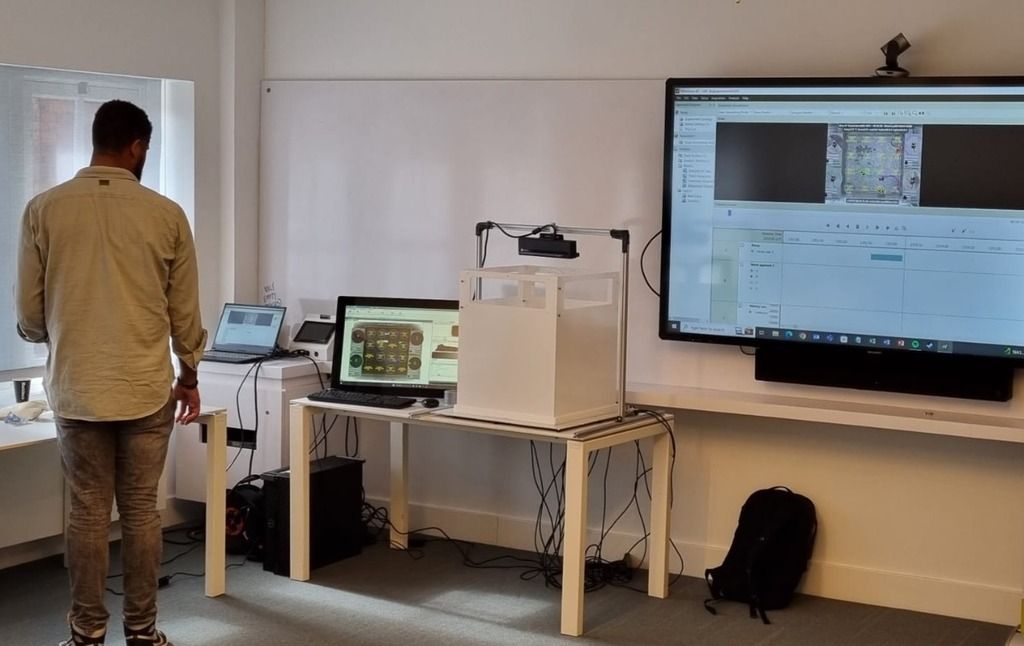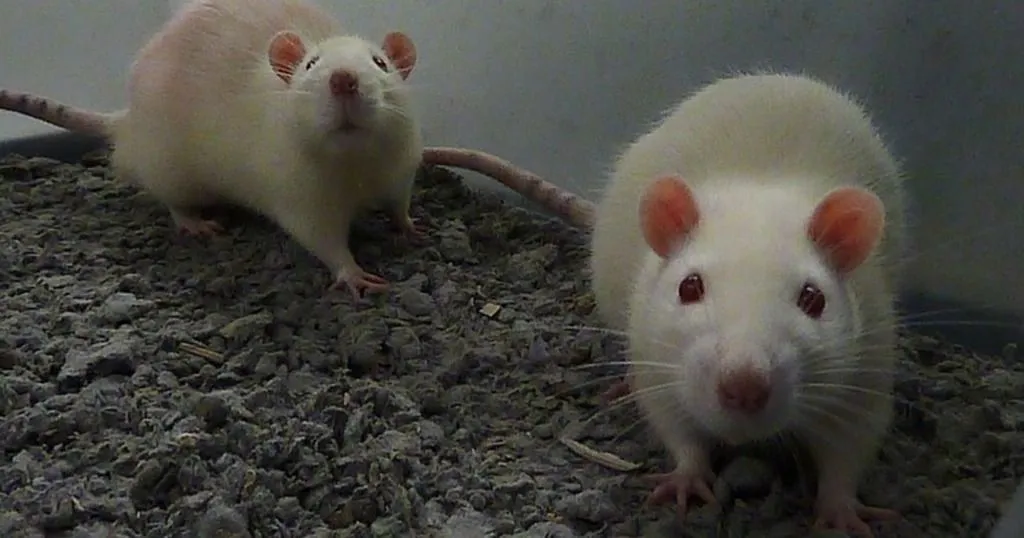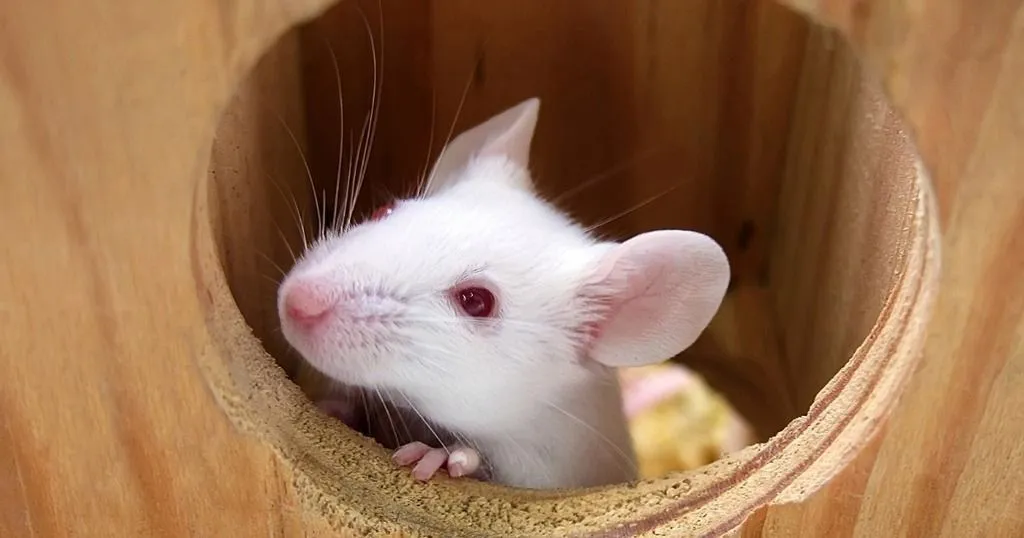Understanding mouse social interaction using objective measures
Measuring social interaction is an important, but due to technical limitations, often overlooked part of behavioral research. Live mouse tracker was designed to alleviate this problem.
Posted by
Published on
Wed 17 May. 2023
Topics
| Mice | Neuroscience | Social Behavior Research | Social Interaction | EthoVision XT |
Recently we released a new version of our state-of-the-art video tracking software, EthoVision XT 17.5. One of the main new features in this release is the ability to easily import and analyze data derived from the Live Mouse Tracker (LMT). LMT was developed by the Human Genetics and Cognitive Functions unit of Institut Pasteur, is a solution to a problem that has made measuring social interaction difficult, namely how do you track multiple animals’ behavior at the same time?
Why measure social interaction?
But, why is measuring social behavior important in behavioral neuroscience? In humans, social interaction is an important read out of many neurological disorders (like autism spectrum disorder, Alzheimer’s disease, etc.). Therefore, when developing treatments for these disorder with animal models, it is important to also take social behaviors into account. Even though mice and rats are not humans, they are social animals and perform social behaviors.
Measuring only individual paradigms runs the risk of not being able to assess the complete effect of certain treatments. Thus, assessing social behavior is important, however often overlooked, in behavioral assays.

Social behavior in rodents is multifaceted, and can encompass anything from aggressive to cooperative and parental interactions. Measuring social behavior in an objective way is quite complex. Traditional behavioral observations carry the risk of observer bias, and conventual observation software’s are not able to distinguish multiple animals from each other in a reliable way. These issues made observing social interactions difficult and halted the development of using social interactions in behavioral neuroscience for quite some time.
What is Live Mouse Tracker?
The Human Genetics and Cognitive Functions unit of Institut Pasteur has developed a tool that achieves to overcome these problems. Live Mouse Tracker is used for real-time behavioral analysis of groups of up to four mice in a dedicated set-up. Through the use of RFID, computer vision, and machine learning, LMT is able to track multiple mice at once and extract their behaviors as well as account these parameters to individual mice.
Previously, data from LMT had to be analyzed using convoluted Python scripts, which is complicated for many of the LMT users. With the release of EthoVision XT 17.5, LMT data can easily be imported, which brings all of the functionality of EthoVision XT to LMT data. EthoVision XT allows for easier organization of trials, which in turn enables easier data filtering, nesting and analysis. Furthermore, with EthoVision XT, LMT data can be visualized with graphs and integrated data plots.
Using social interaction to study affectionate touch
So, what type of tests are possible with Live Mouse Tracker? As of the writing of this blog, LMT has appeared in 50 published articles, one of which we will highlight here.
How do we know that a gentle touch is affectionate, and that a slap to the face is aggressive? It’s all in the way our body perceives the signals coming in. However, the way we perceive social touch signals can be disrupted by certain neurological disorder, like Autism Spectrum disorder. Understanding the physiology behind these disorders is key in finding treatments for them. Therefore, it is important to know the underlying mechanisms of touch in a social context.
Huzard et al. used the LMT in their study researching the role of certain mechanoreceptors in affective touch and social interaction. They used chemo genetics to increase the function of C-LTMR (a sensory neuron believed by Huzard et al. to be important in perceiving touch sensation with a social context), and bred C-LTMR knockout mice, to investigate the functioning of C-LTMR in various social and sensory behavioral tests.
Influence on the social behaviors of mice
From their experiments, Huzard et al. found that C-LTMR indeed has an influence on the social behaviors of mice. The knockout strain reduced active social interactions, which resulted in more isolated behaviors. On the contrary, activation of C-LTMR led to an increase in social interactions between mice. Therefore, they conclude that C-LTMR plays an important role in the regulation in pro and anti-social reactions to conspecific animals.

The LMT gave the researchers the opportunity to define the nature of these increased or decreased social interactions. They were able to classify the interactions into passive and active contacts. From this they found that the knockout mice did not avoid passive interactions (walking by, or reciprocal interactions) but they were not actively seeking for social contact with other mice themselves.
This precise analysis of the behaviors that Live Mouse Tracker provides, gives a more complete insight into the complex nature of social behavior. A more complete picture of the effects of certain treatments or interventions in mice can give a more complete translation to the possible effects in humans.
Innovations like the LMT are crucial in moving the field of behavioral neuroscience forward, and we are excited to provide LMT users with a sophisticated, and user-friendly way to import and analyze their data through EthoVision XT.
Related Posts

Towards automated homecage monitoring of group housed rats

A high-throughput method to screen natural behavior of mice


